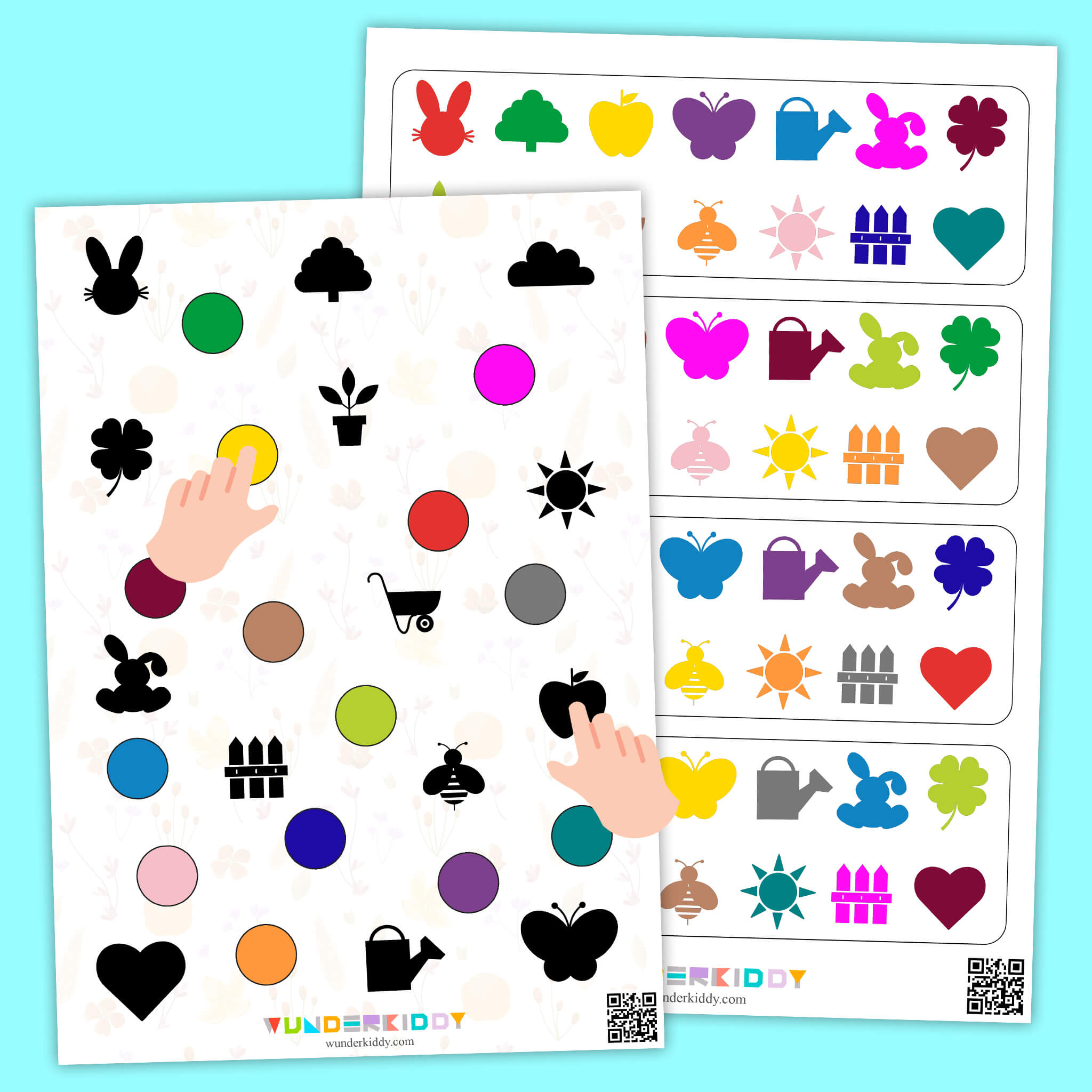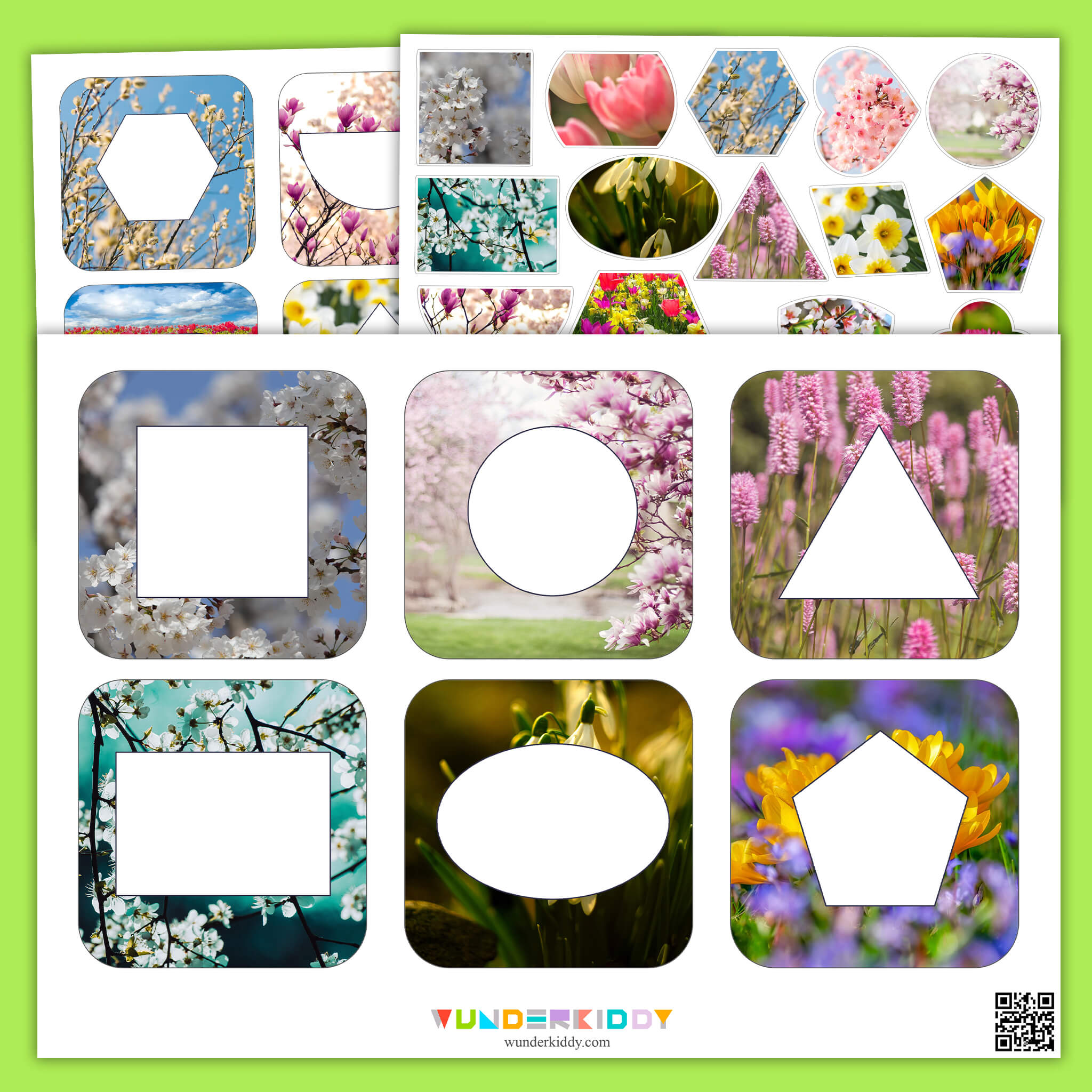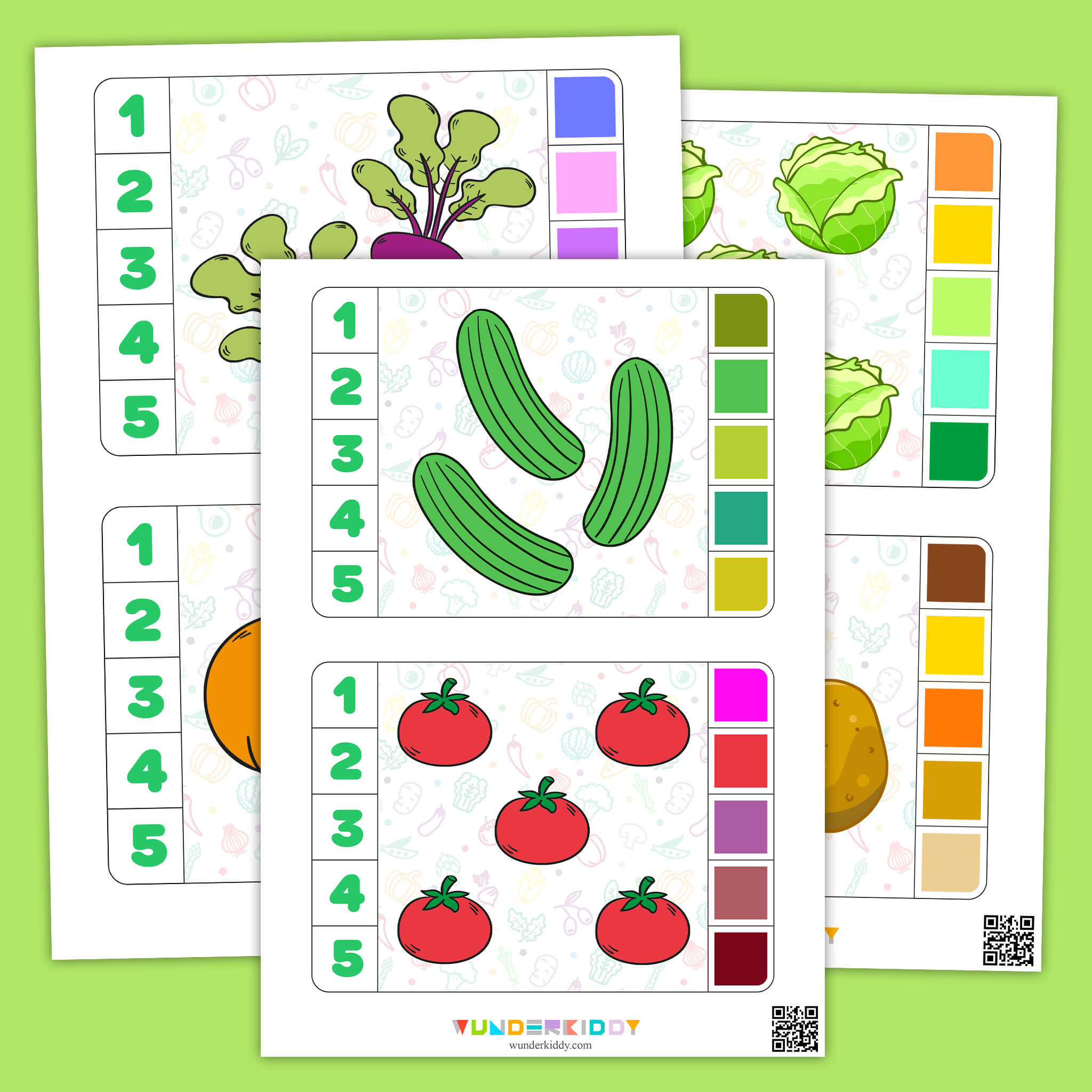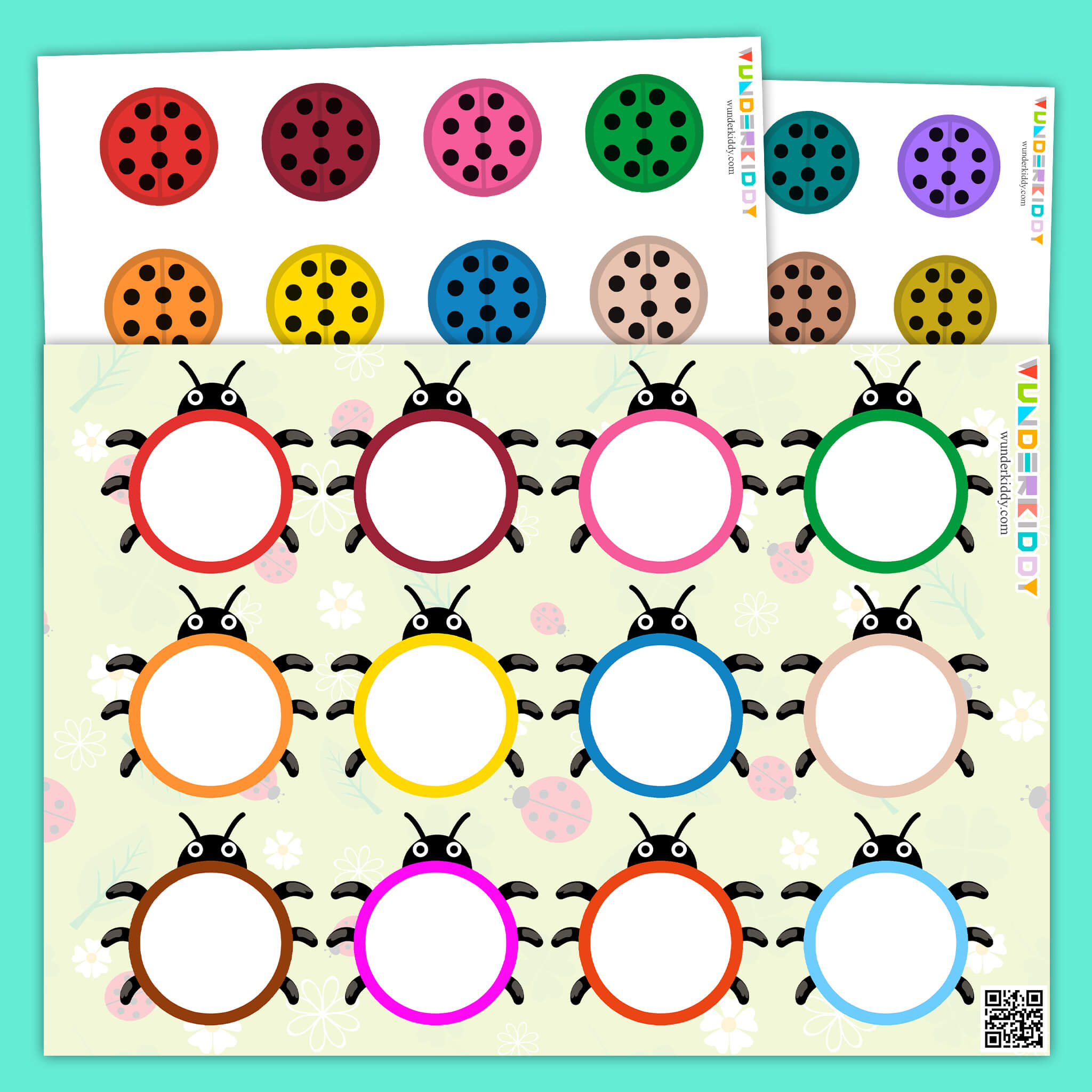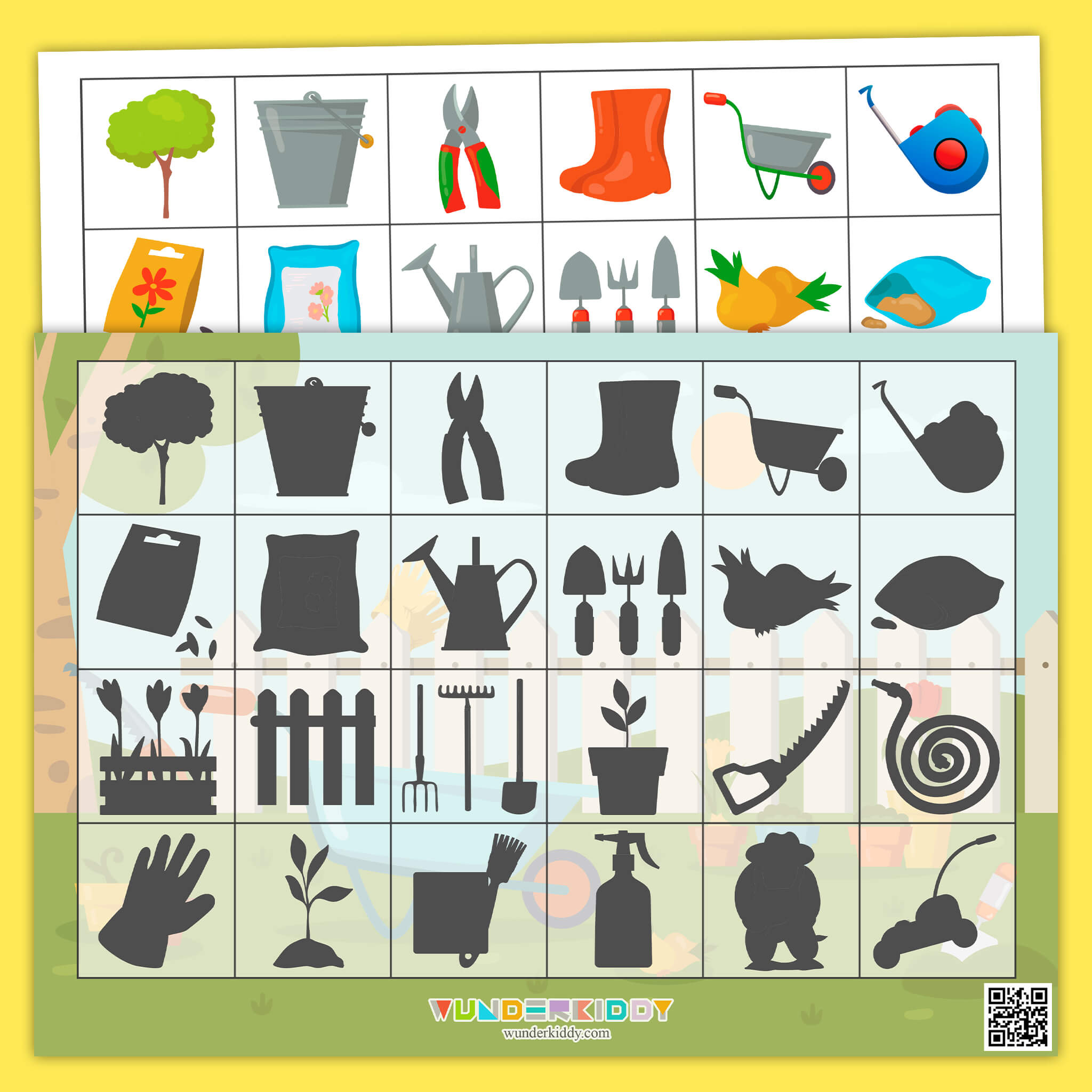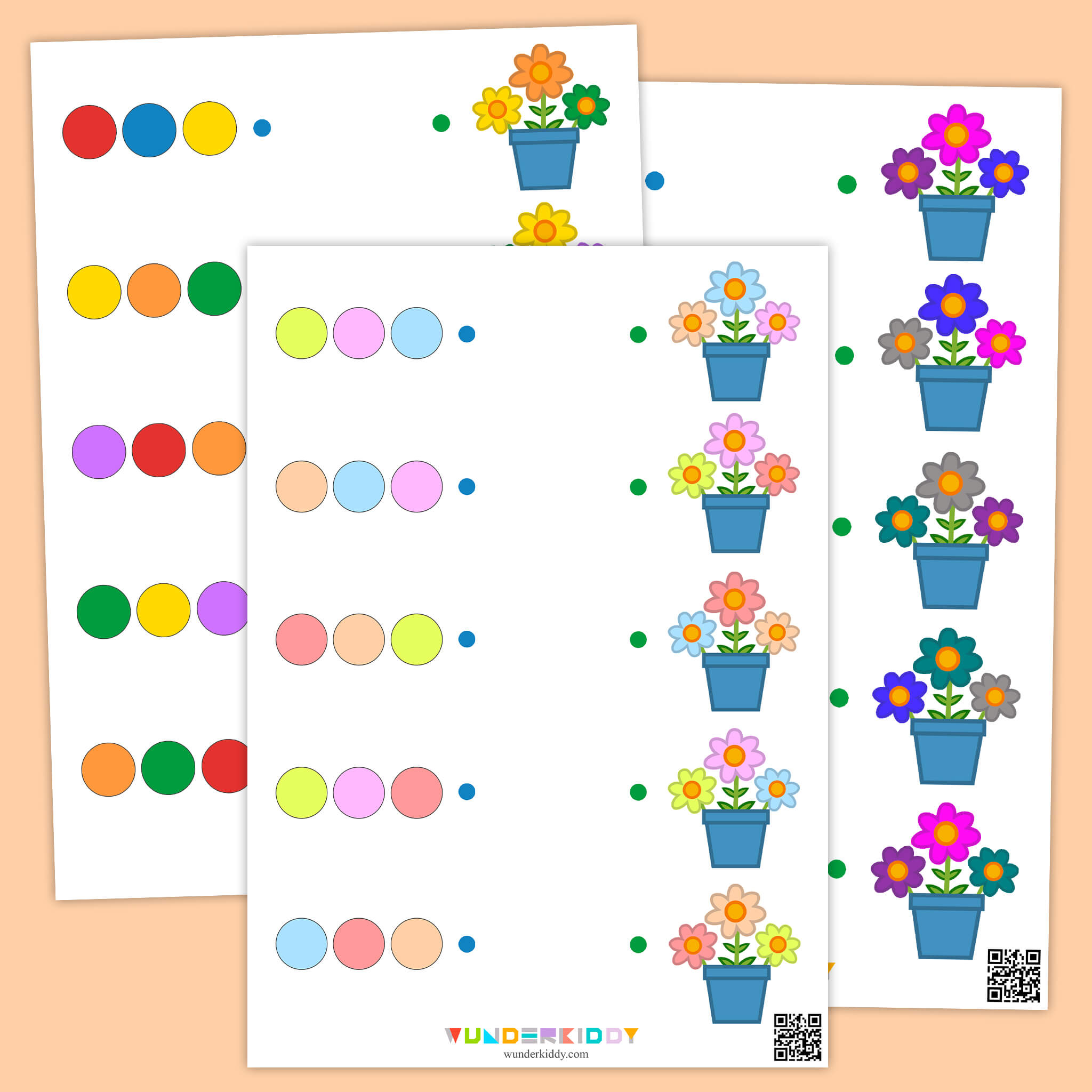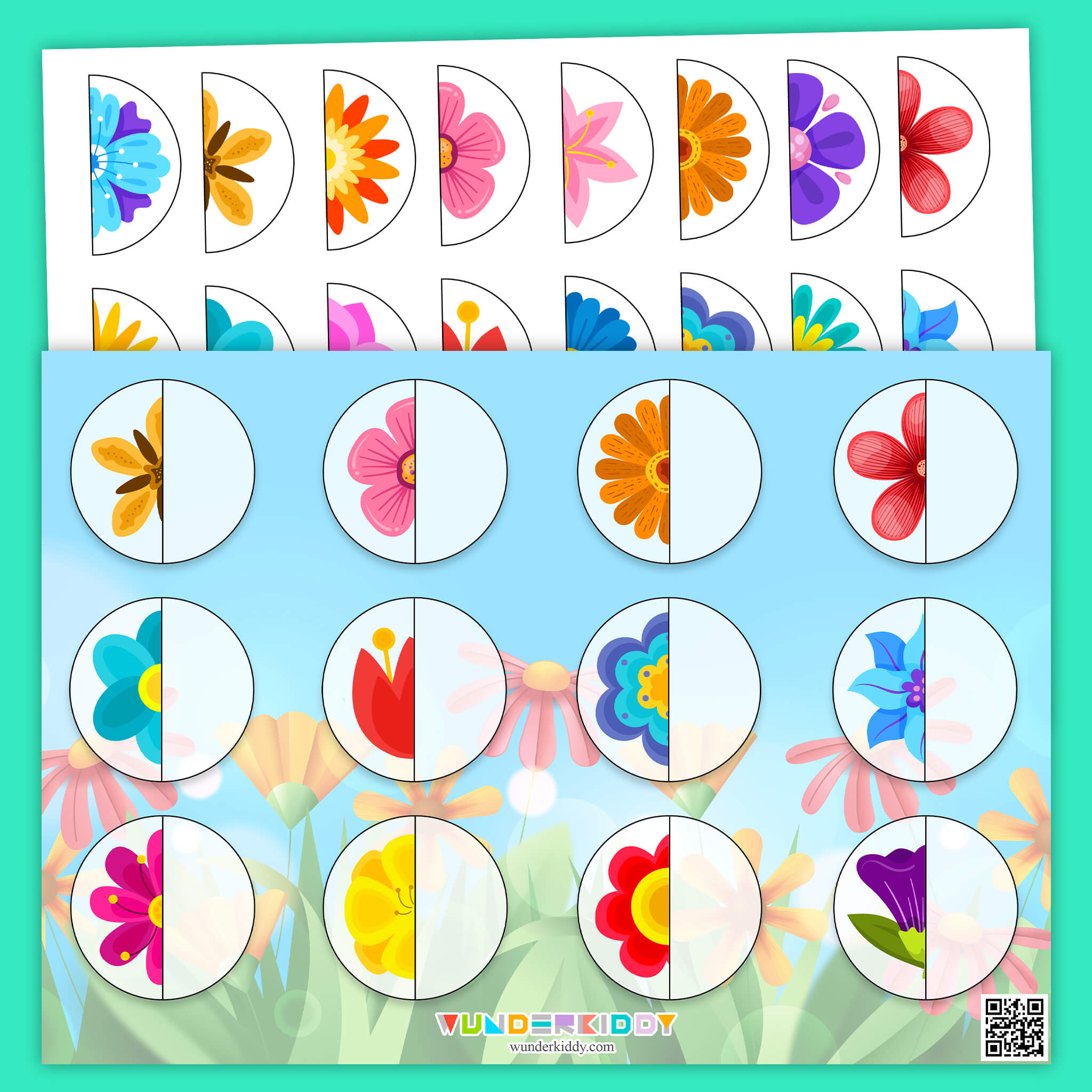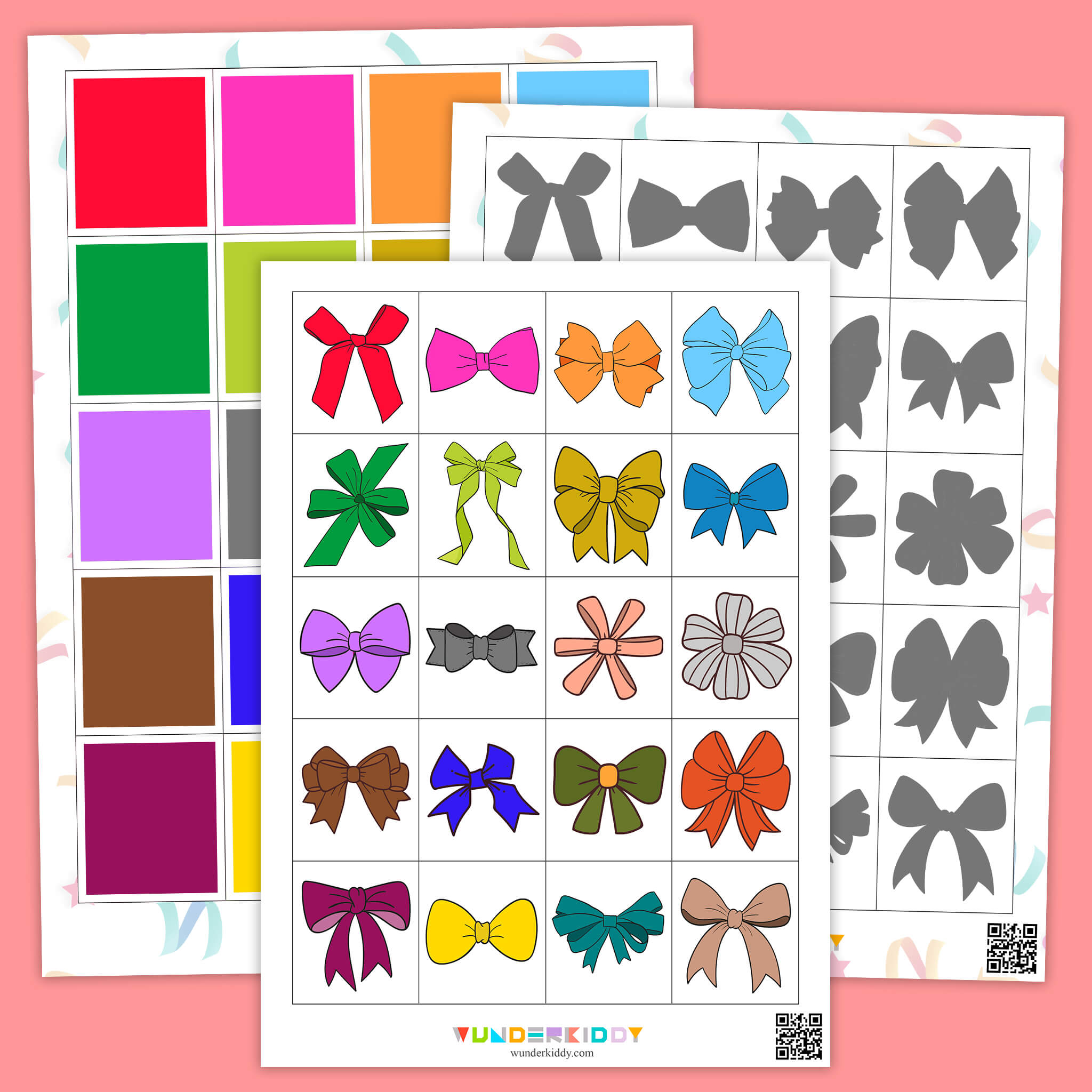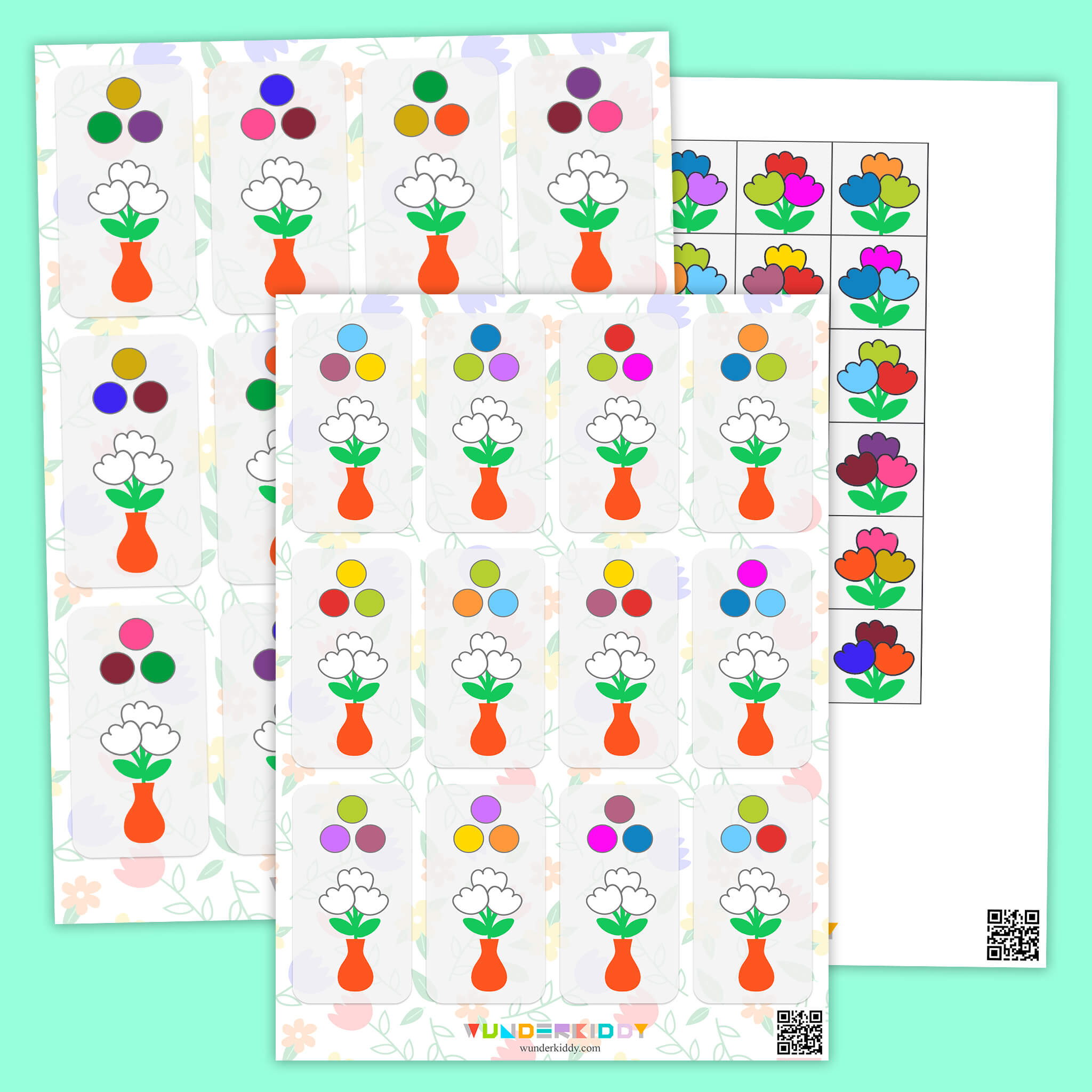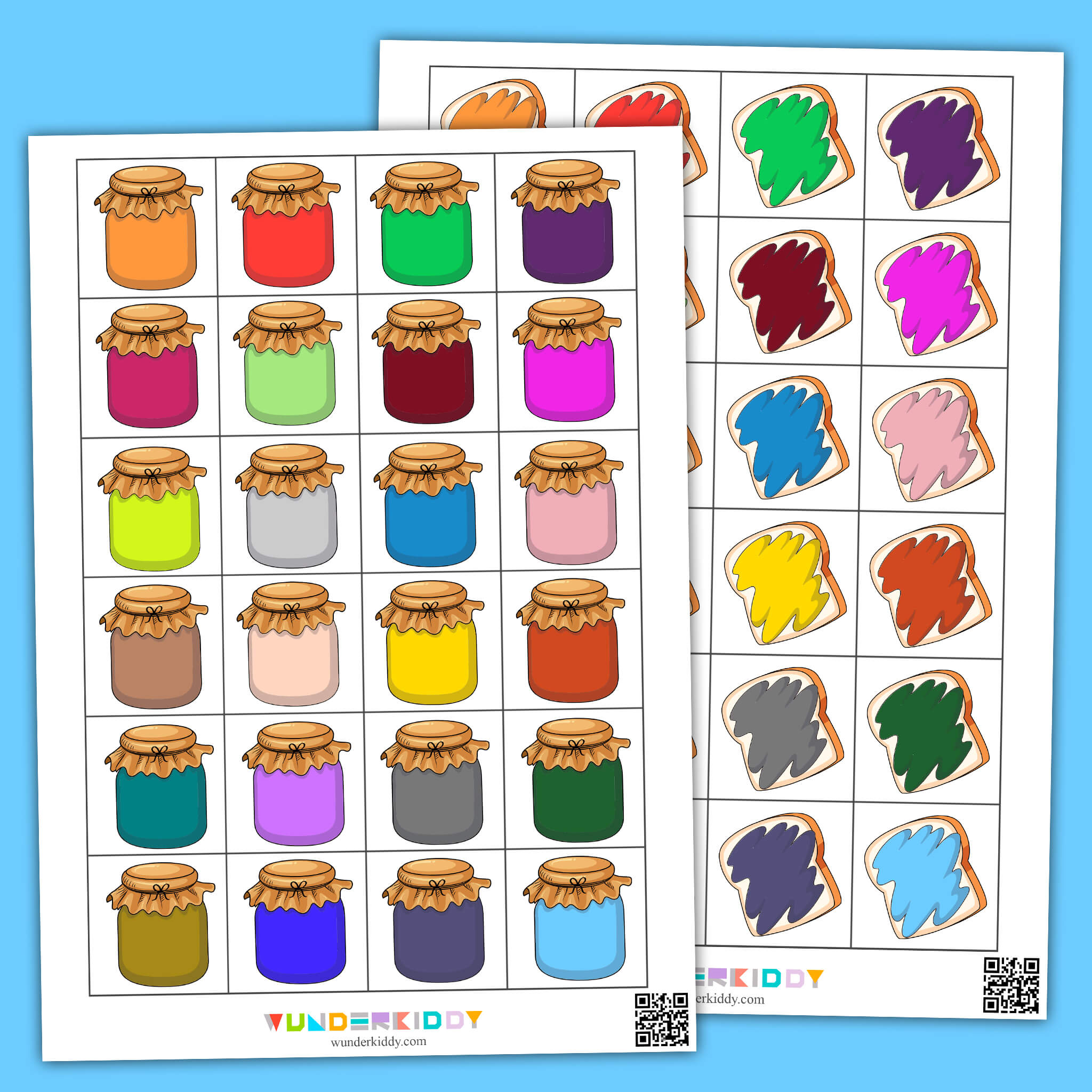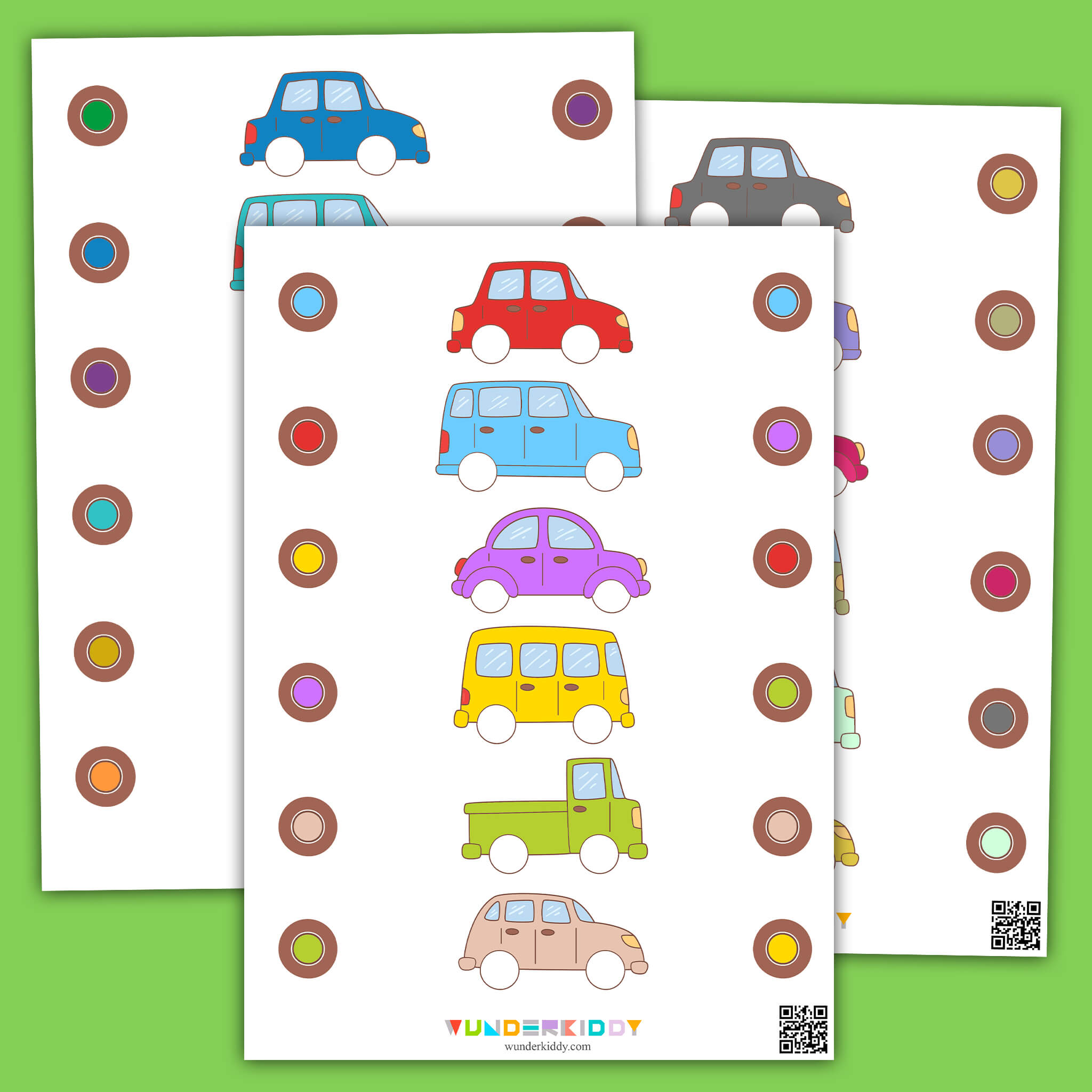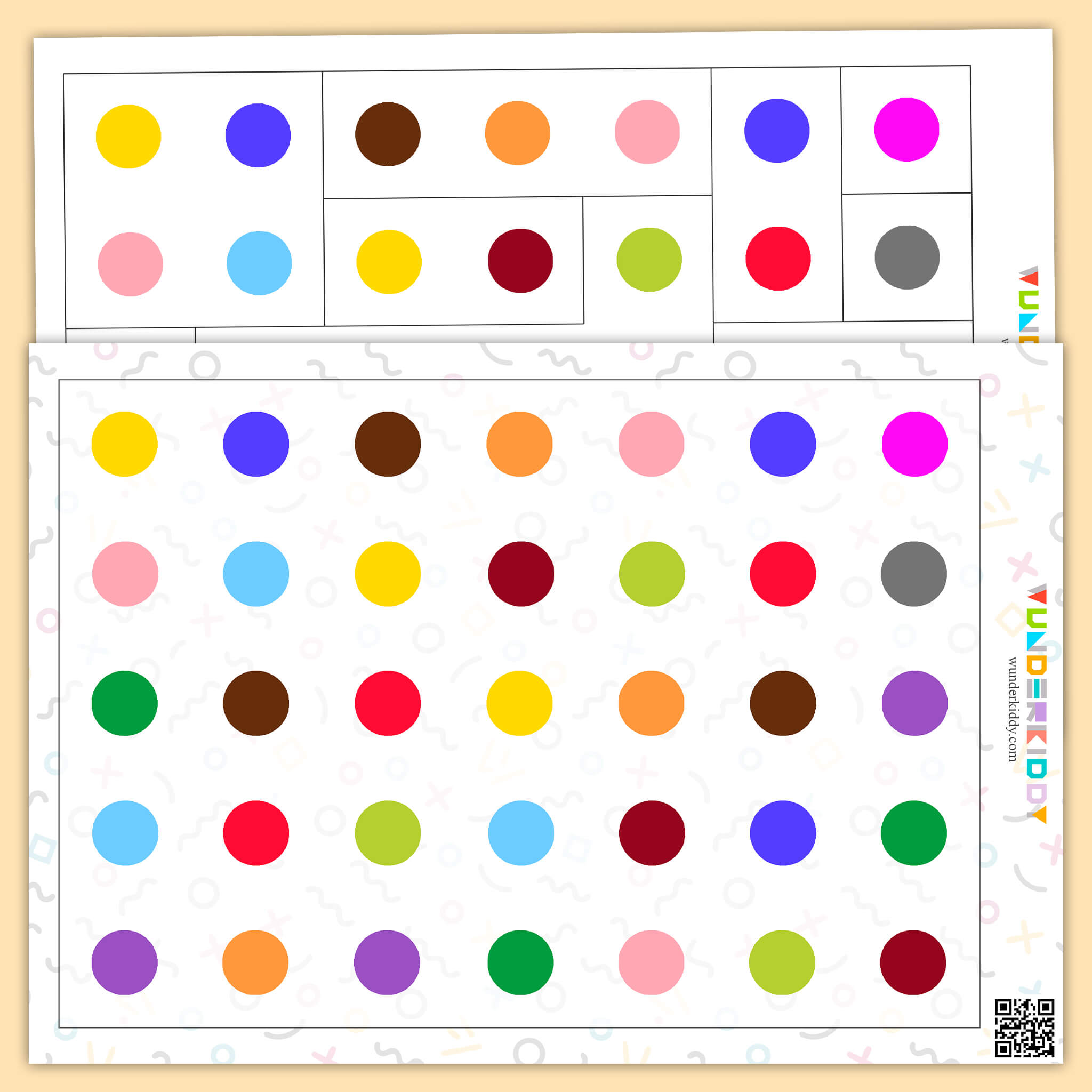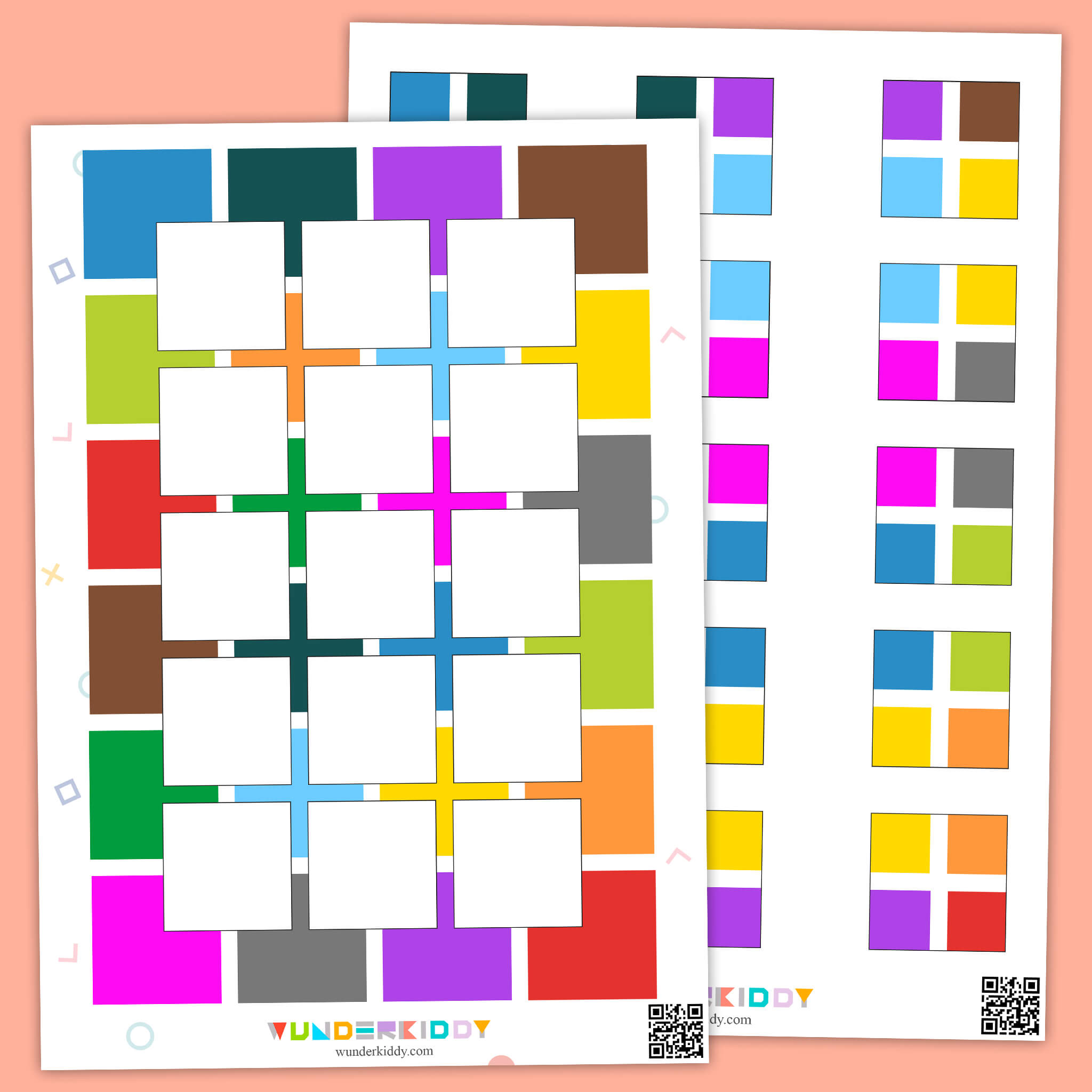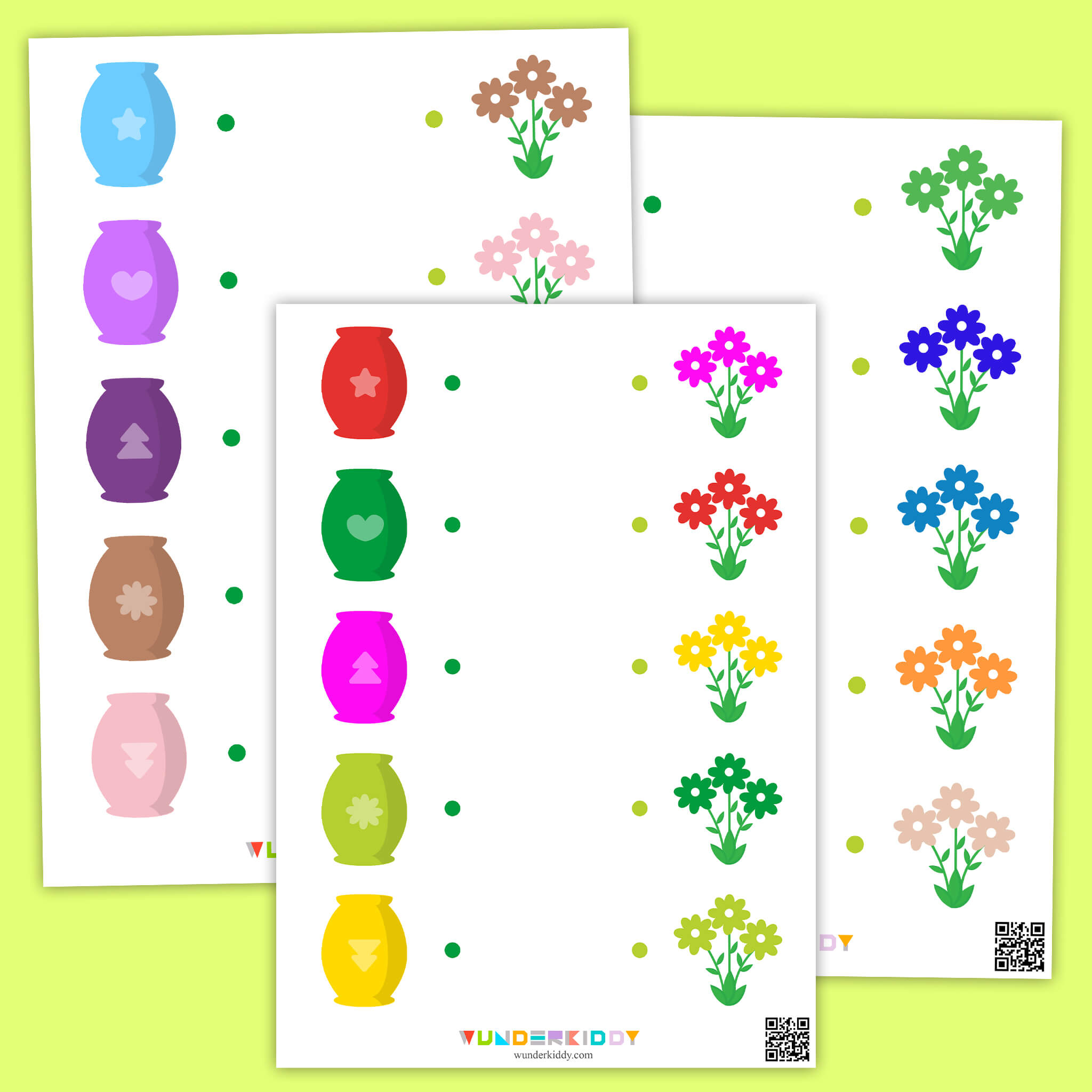Printable Activities for 2 Year Olds
FilterEarly childhood development is a fundamental stage in the formation of personality, future academic achievement and social adjustment. The first few years of a baby's life are extremely important as the child is very interested in exploring the world around them, developing sensory, emotional intelligence and visual perceptual and motor skills. At the age of 1–2 years, children begin to learn to express their thoughts in words and develop different ways of thinking.
Printable activities for 2 year olds suite well for early childhood education. For parents, the printed materials are a great help in creating interesting and useful activities in a playful way to entertain and develop curious children.
Early Childhood Skills Development
The early years of a child's life are a time of rapid development of all types of skills: physical, cognitive, and emotional. Between the ages of 1 and 2, a baby's brain learns to perceive, interact, and explore the world around them through sensory organs and tactile contact. Parents can help their child explore the world around them through play, Montessory activities, toys, and printed toddler games.
Fine Motor Skills. A set of skills that requires a child to interact with objects using precise finger movements. Fine motor skills activities have a positive effect on improving brain function, preparing the hand for writing, and language development. Effective fine motor activities for toddlers include the following:
- Learning games with Velcro, where it is necessary to attach and remove elements on the playing field;
- Finger painting and simple coloring;
- Sorting small objects or cards by size, color, or texture;
- Building with soft or hard cubes of different sizes.
Movement Coordination and Physical Skills Training. At an early age, children move a lot and learn the skills of crawling, climbing, running, and walking. There are many fun games you can play with your 1-2 year old to develop physical skills:
- Card games that require you to repeat a gesture or movement;
- Ball games;
- Games with animal cards where you have to represent the animal's behavior and sound.
Cognitive Development. Printed Velcro games, flash cards, and puzzles teach children at an early age to observe, reason, experiment, and learn something new every day. Cognitive activities are very engaging games 2 year olds.
Language Development. This is a basic skill for interaction and learning for children ages 1-2. At an early age, it is important to talk to your child constantly and comment on your actions. When using printed educational games for toddlers, describe all the illustrations and talk through each step of the game. Parents can also tell short stories during the games, giving the young student lots of new, useful information and showing by example the construction of logical cause-and-effect chains.
Sensory Play. It is important for toddlers up to age 2 to interact with objects of different shapes and textures. To organize sensorial activities for nursery or home, we recommend using different surfaces to draw, create games out of cardboard or paper, and experiment with different materials during playtime. Sensory experience is an exciting challenge for a child.
How to organize developmental activities at home with children 1-2 years old?
A toddler's development at home is a complex and important process for parents. At the age of 1–2 years, each child develops at his or her own pace and parents can help and support them. Here are some advice for organizing learning activities with printouts from WUNDERKIDDY:
- Try to have regular learning activities with your child. Children 1–2 years old will develop a habit of daily cognitive practice and will enjoy playing and learning.
- Do not overload your child and limit learning time to 10–15 minutes at first. Then watch how quickly the child tires and when he or she loses concentration or interest. Gradually increase the time to 30 or 60 minutes per day.
- Use only safe, high-quality materials that your child will interact with: paints, clay, glue, or kinetic sand.
- Make a comfortable place for your baby to play learning games. You can play on the play mat or on the couch, depending on where your child is most comfortable.
- To improve concentration, remove distracting items and toys from your child's view while he or she is studying. Also, try to limit noise so that nothing can disturb the learning process.
- Print out simple early education games and materials on topics that interest your little student, such as vehicles, food, or space.
- Parents are advised to praise the child for any kind of achievements as often as possible to increase motivation and self-esteem.
Benefits of printed learning materials for 1-2 year olds
Play is the best way for children to learn. Combine printable educational materials with your child's favorite toys to explore basic concepts, build vocabulary, and learn new information.
Parents can use educational games to help their child learn about animals, jobs, numbers, shapes and forms, and practice analyzing and comparing. Printed educational games with colorful images are an easy way to capture a toddler's attention.
At an early age, children's moods and preferences often change throughout the day. On our website, you can quickly print a new game or activity for your child at any time to make learning exciting.
Compared to educational toys, printed learning materials are easy to use and don't take up much space, so you can take flashcards, puzzles, or Velcro games with you wherever you go. Printed materials can also help keep your baby occupied on long road trips.
Learning games for kids and parents
Teaching children 1–2 years old is a playful process that should be fun for both the child and the parent. It is extremely important to create a good mood during play and maintain a positive atmosphere. Through regular play activities, 1-2 year olds will easily learn the necessary information, satisfy their curiosity and develop essential skills and motivation for new achievements.
Use WUNDERKIDDY's high quality materials for homeschooling and spend fun and useful time together. We add new content for kids every day. Our games will ensure that your child develops a positive view of learning.
